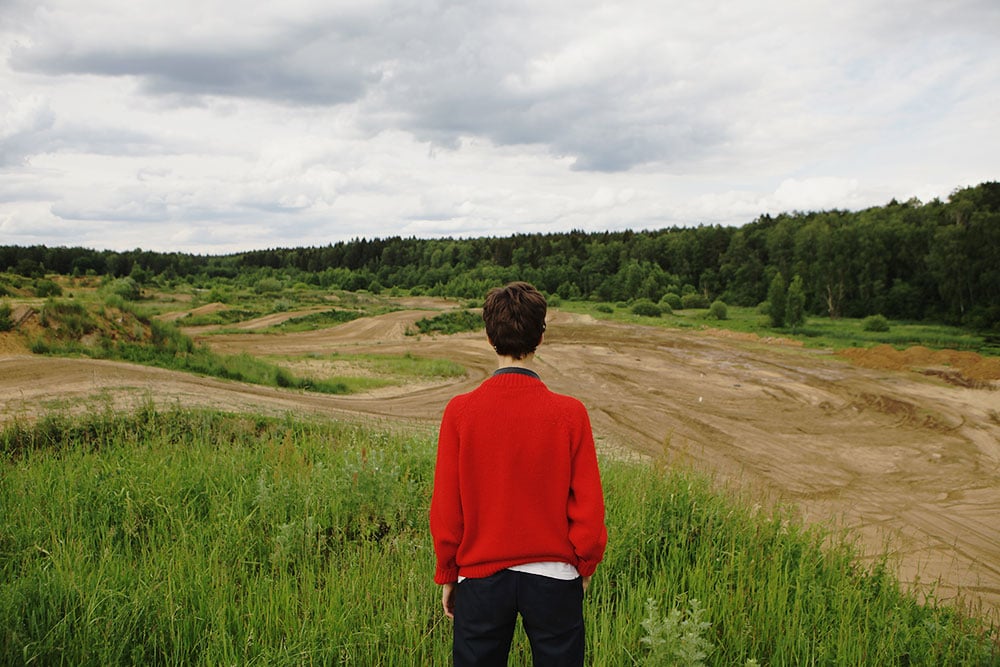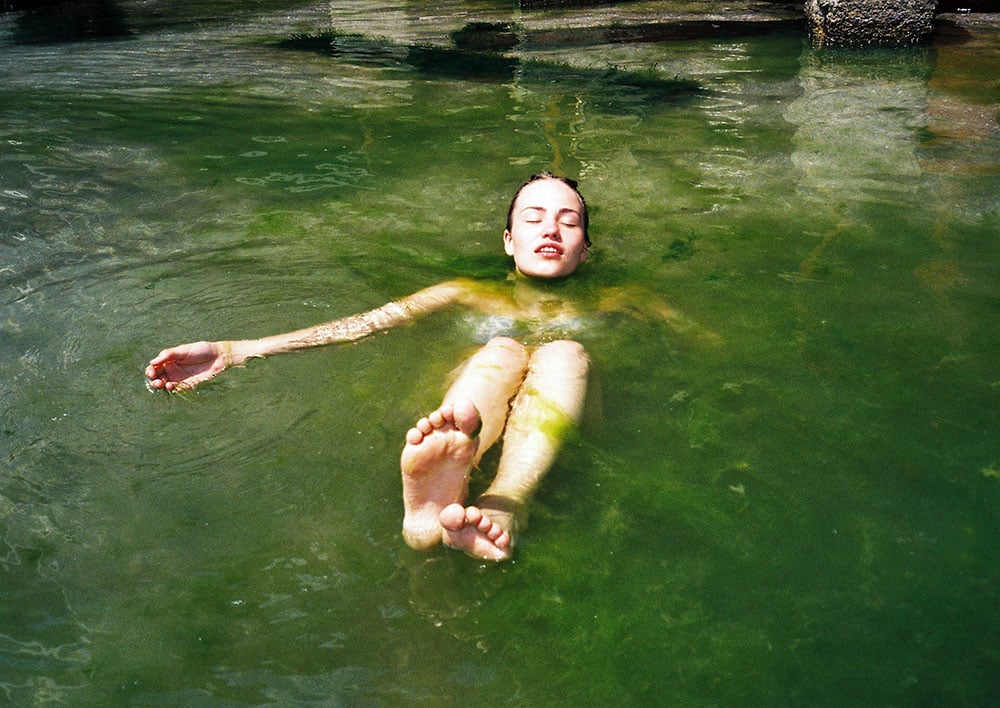International Women’s Day: what values does 8 March really celebrate in the New East?
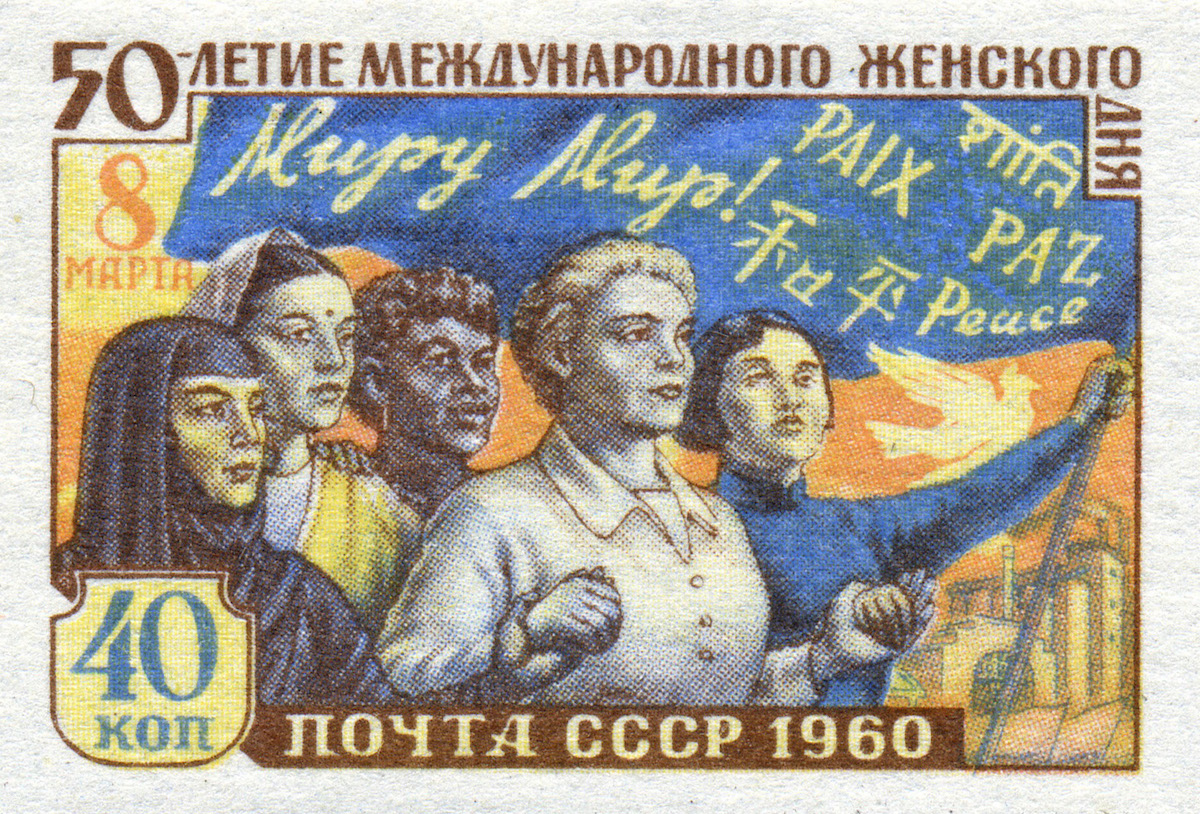
100 years ago today in the imperial Russian capital city Petrograd (now St Petersburg), tens of thousands of women textile workers marked International Women's Day by taking to the streets to demand an end to food rationing and the First World War. A century on, what does Women's Day really mean in the New East today?
Last year I celebrated International Women’s Day by attending a festival titled “Women of the World”. Nobody gave me any flowers, but instead I was buoyed by the sense of enthusiasm for celebrating the social, economic, cultural and political achievements of women that pervaded London’s Royal Festival Hall as we listened to some fascinating speakers. What an amazing time to be one of these “Women of the World”, I reflected.
Rewind a few years and I’m living in Odessa, Ukraine, going about my everyday business teaching English at a language school in the suburbs. It’s 8 March. I think nothing of it. Suddenly a shiny pink bag adorned with a heart-wielding teddy bear appears in front of me — this sweet gift from 14-year-old student Nikita was far from the most “girly” offering I would receive that day.
These two fleeting moments illustrate what I see as the striking contrast between the way Women’s Day has developed in the UK, and what it has become throughout much of the now post-Soviet space. Akin to the evolution of 23 February in Russia from a day honouring the service of the Red Army to a celebration of men and all things stereotypically masculine, 8 March has moved from being a symbol of the struggle for gender equality and of women’s achievements to an occasion when men are expected to show their appreciation with suitably “feminine” gifts.
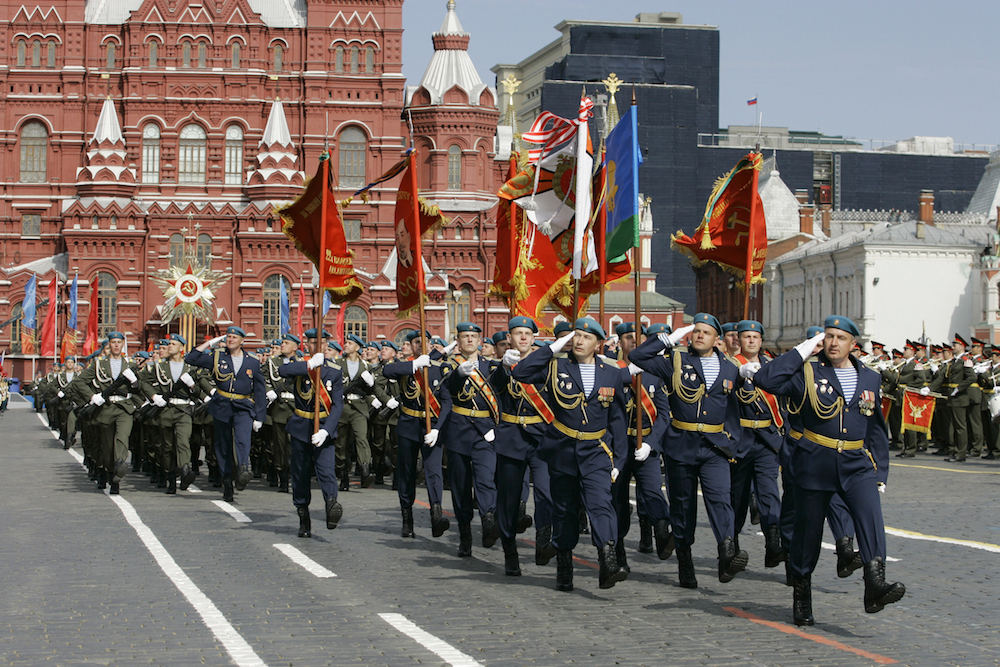
If you are celebrating Women’s Day in Moscow this year you might like to visit one of the city’s parks, many of which are laying on special activities for women to enjoy: VDNKh offers a photo zone where women can take pictures against a backdrop of exotic flowers, while the Hermitage Garden has stylists and mobile hairdressers on hand to doll you up for those all-important holiday snaps. Flowers and hair…hardly the most progressive way of marking the occasion. Things appear to be looking up slightly in Kiev with the annual women-only car rally, but the jury’s out on whether the sight of lycra-clad all-women teams racing around the streets of the Ukrainian capital is the most meaningful celebration of women’s contributions to society.
This is not to say that events focusing on empowerment and education don’t exist — many feminist organisations across the New East will be demonstrating today — but this is not the dominant tone. Indeed, a recent survey by the Russian Public Opinion Research Centre found that just 5% of Russians associate the holiday with female emancipation.
A recent survey found that just 5% of Russians associate the Women’s Day holiday with female emancipation
The other 95% may be surprised to learn of the origins of Women’s Day, which has undergone a number of transformations during the Soviet era and since to become a day primarily reserved for photos and flowers. Women’s Day originated in 1908, when 15,000 women marched through New York against poor working conditions, demanding voting rights and better pay, after which the Socialist Party of America designated 28 February 1909 the first National Woman’s Day in honour of the protest. I was surprised to learn of the socialist beginnings of Women’s Day, given that it’s championed by major global corporations in the west. Conversely, I wonder whether many celebrating the occasion in Russia may be shocked to hear that — despite its socialist origins — it was born in the capitalist haven of the United States. I say this because Women’s Day in the Soviet Union was not so much about international solidarity, as much as “our” women — the day has long had a nationalistic bent.
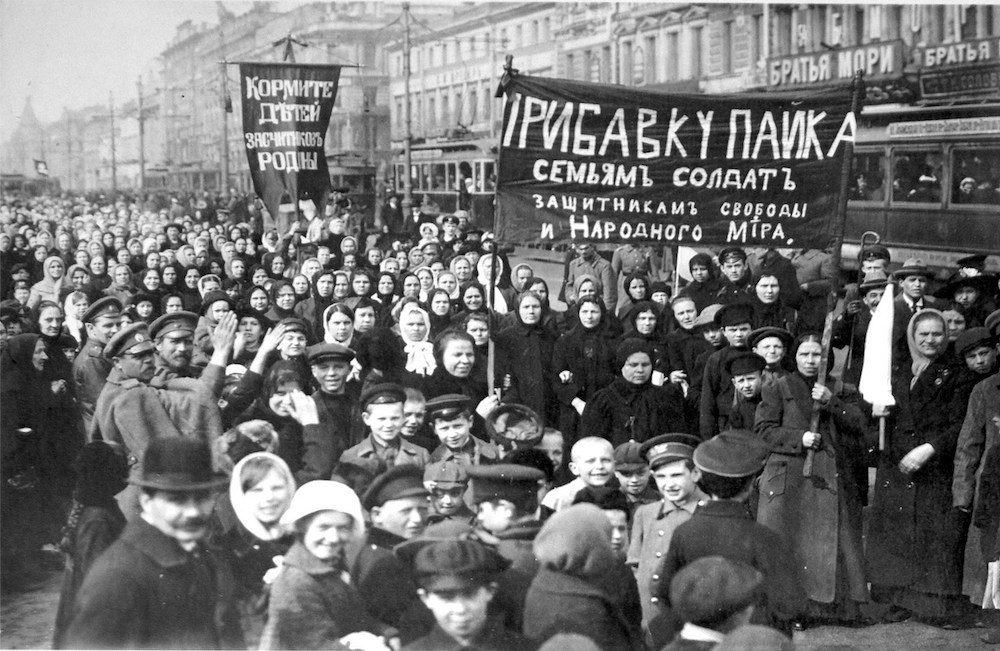
This makes some sense, given that protests marking Women’s Day — including a particularly impactful demonstration by women textile workers in Petrograd (now St Petersburg) on 8 March 1917 that led to a huge city-wide strike — are widely seen as being instrumental in causing the overthrow of the Romanov Dynasty. Following the October Revolution, Lenin made International Women’s Day an official holiday. It became a non-work day in 1965 by decree of the USSR Presidium of the Supreme Soviet “in commemoration of the outstanding merits of Soviet women in communistic construction, in the defence of their Motherland during the Great Patriotic War, their heroism and selflessness [...]”.
Somewhat paradoxically, many see the elevation of Women’s Day to a non-work day under Brezhnev in 1965 as the kiss of death for its place as a symbol of empowerment and an opportunity to address some of the biggest challenges facing women today. This shifting emphasis from “action” to “rest” is reflected in a shift in what kind of womanliness is to be extolled — posters and cards lauding the strength, bravery, military and scientific achievements of women make way for imagery relating to motherhood, beauty, nature and tradition.
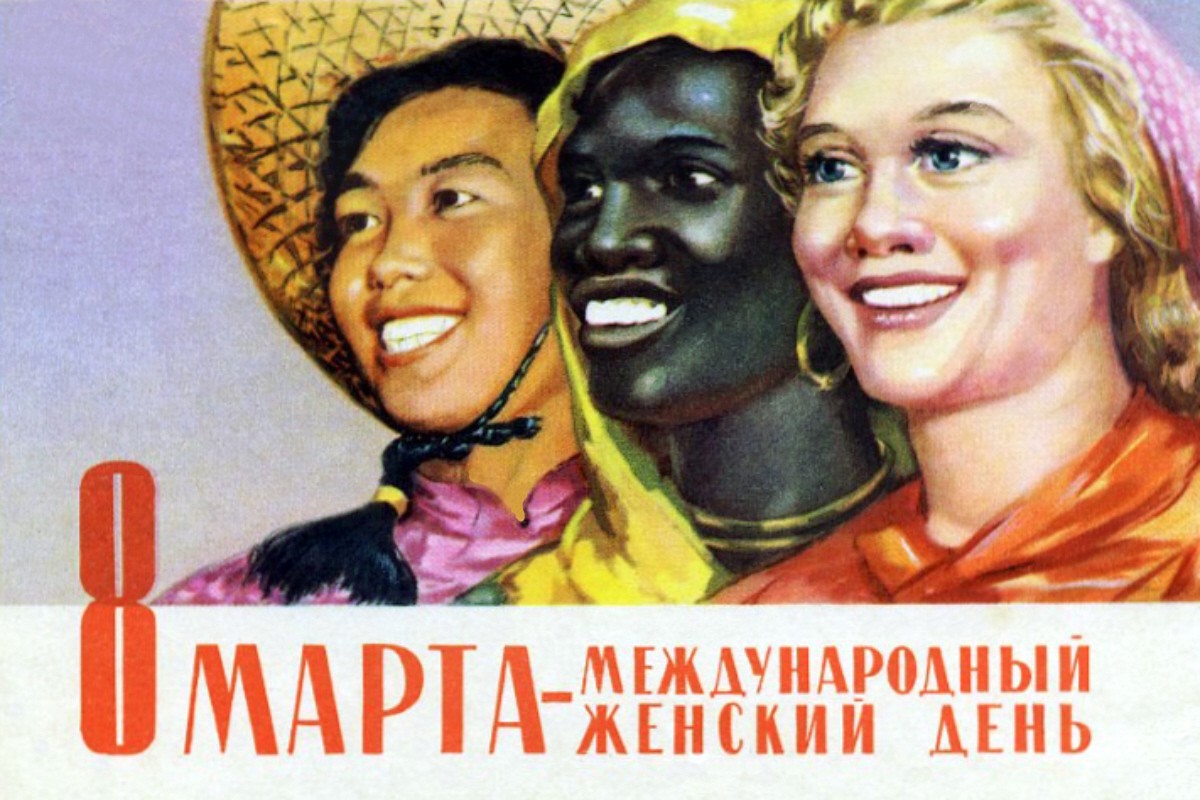
Who am I to talk, when I fully intend to give my mother a bunch of flowers — in the face of aggressive marketing and a lack of other ideas — for UK Mother’s Day at the end of this month? I should not for a second suggest that those who gift the women in their lives with bouquets, chocolates and perfume on Women’s Day are somehow doing their loved ones a disservice.
Posters and cards lauding the strength, bravery, military and scientific achievements of women make way for imagery relating to motherhood, beauty, nature and tradition
What I struggle with, however, is the pivotal role men seem to play — if the central pillar of the celebration is now the giving of gifts by men to women, women are being acknowledged and praised primarily in relation to these men. By definition, this means that the celebration named Women’s Day may not extend to all women — what about those who have no men in their lives? Such can be the distress experienced by women that budding entrepreneurs have seen a lucrative business opportunity before them — roses for rent to make sure your Women’s Day at least looks good on Instagram, in the absence of any gifts. Even the recent Russian Women’s Day campaigns that might appear to cast women as strong, independent figures are arguably nothing but exploitative. Take the militarisation of the celebration by Russian TV — think tanks and tulips — whose agenda does that serve?
As I look back fondly on the day I received my weight in chocolate and struggled home balancing bouquets, I wonder whether Women’s Day can truly celebrate and empower women while it depends on men.

